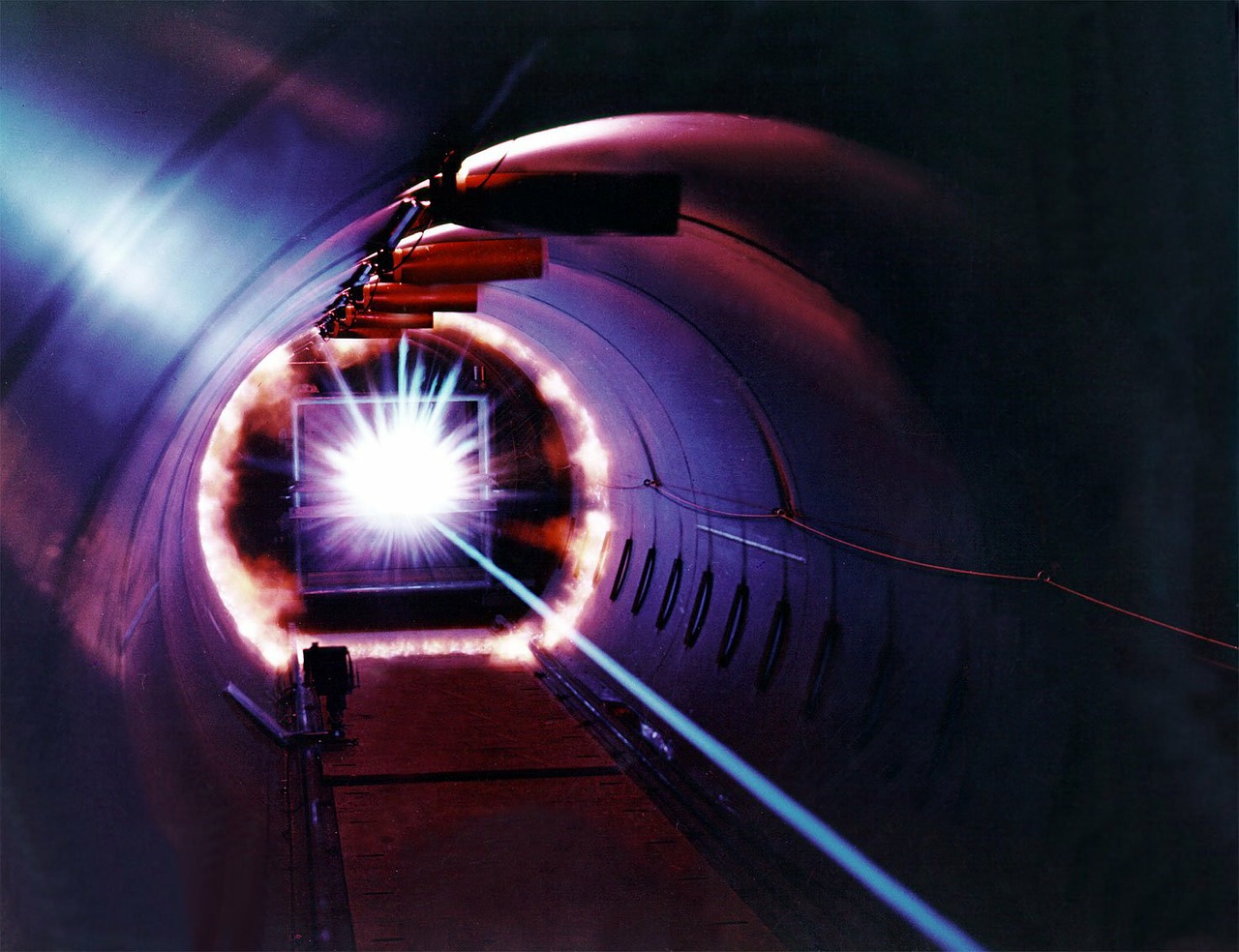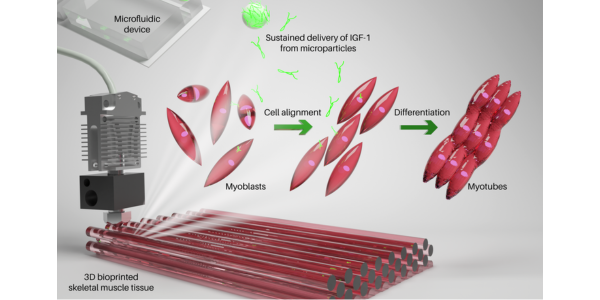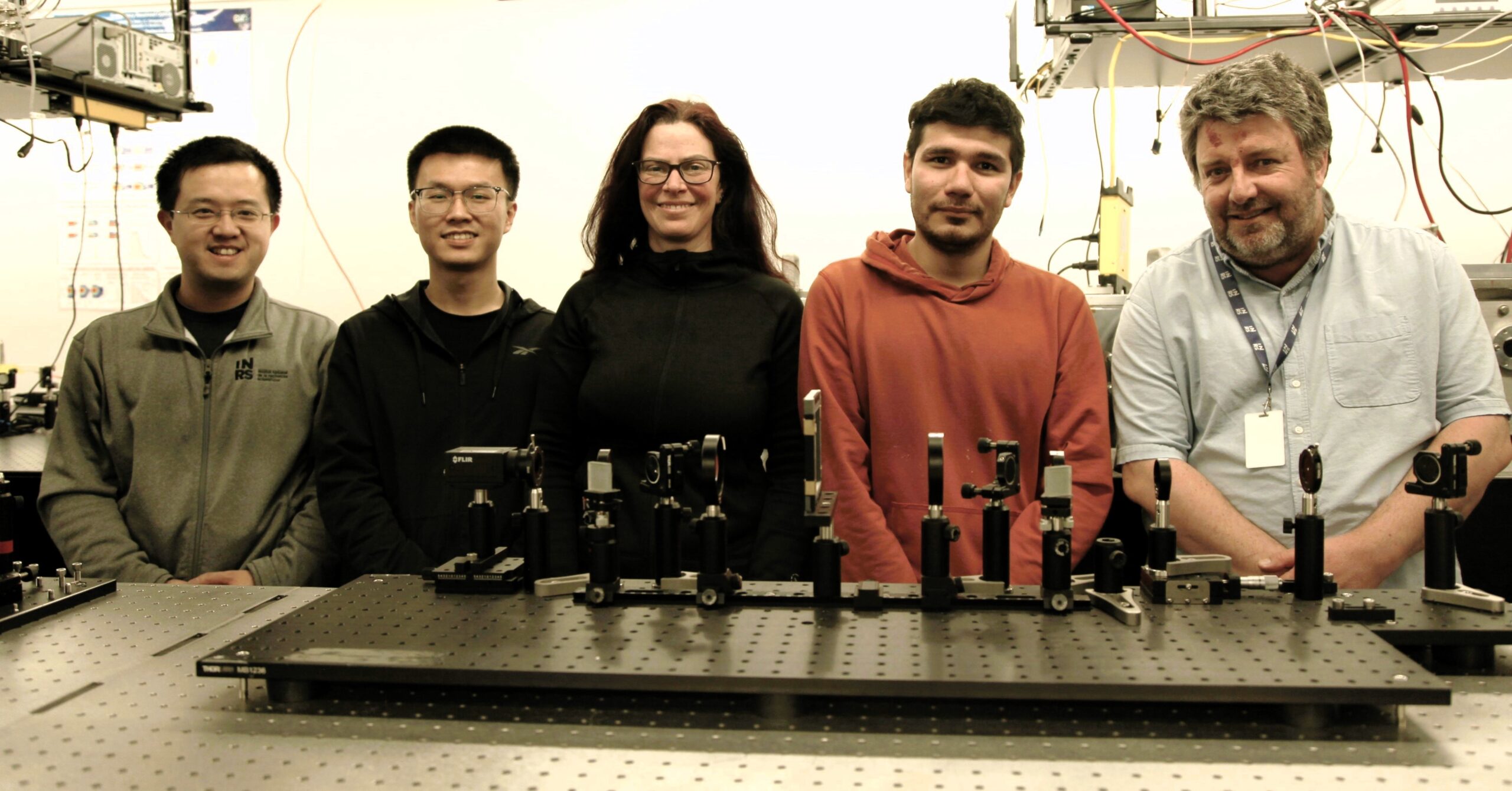Lasers are all about light amplification and beam concentration, but neither of those parameters is simple to deal with when going for “extremes”. A team of Korean scientists at the Gwangju Institute of Science & Technology has managed to create a very small laser device that packs a ton of power, able to concentrate its beam to an area the size of a micron.
Here are some numbers to chomp on:
- Power – 1023 W/cm2
- Beam size – 1 micron
- Lens diameter – 300 mm
- f = 1,650 mm
- Pulse range – 0.1 Hz to 5 Hz
- Mirror reflectivity – 1%
This magnitude of intensity is comparable to focusing all the sunlight reaching the Earth to a spot of 10 microns. As it becomes easily understood from this simile, the particular device isn’t something meant to be handled and used with care. So, here are some examples of the possible applications of the ultrahigh power femtosecond laser:
- Fundamental physics exploration
- Nuclear physics experimentation
- Development of cancer treatment technology
- Development of inexpensive proton therapy machines
The team spent the last ten years making and perfecting the device, and their first version was out all the way back in 2017. That one had a beam size of 28 cm, so taking this down to the unbelievably tight 1 micron was obviously far from straightforward. The team had to remove beam distortion, aberrations, and even the tiniest unwanted reflection, and they developed everything, piece by piece, to achieve this.
Although what the group of scientists accomplished is nothing short of impressive, their paper states that there’s still room for improvement and that’s what they’ll be focusing on from now on. The next step in the development of the petawatt laser will be to suppress the air turbulence in the laser beam path as well as the beam pointing, which would further reduce the already minuscule fluctuations. Doing that isn’t about eliminating a negligible factor, but about opening up even more application potential for the device.







